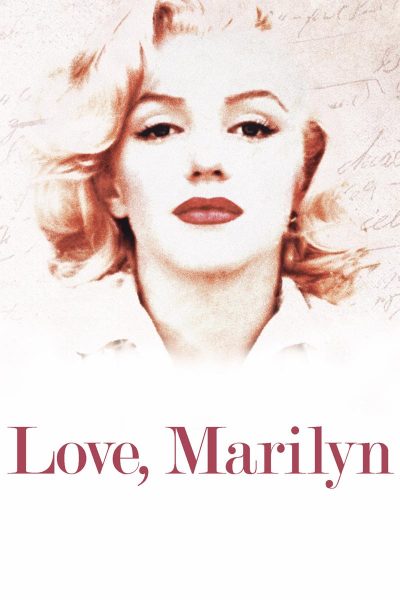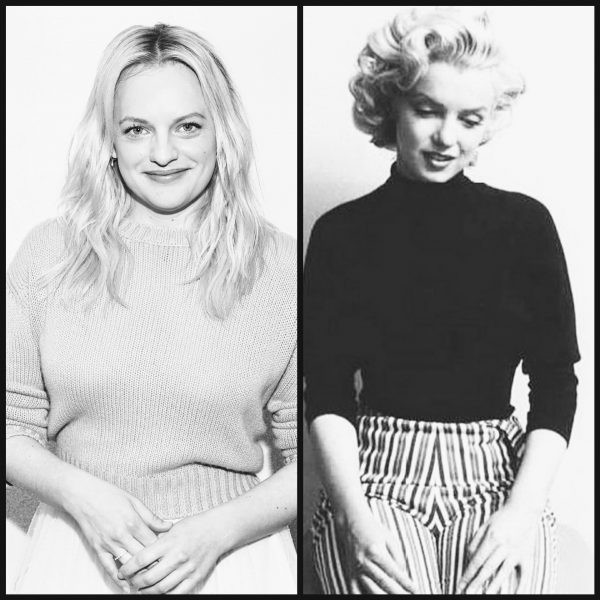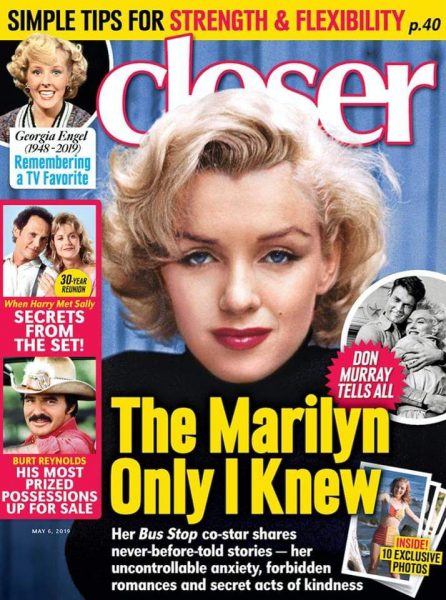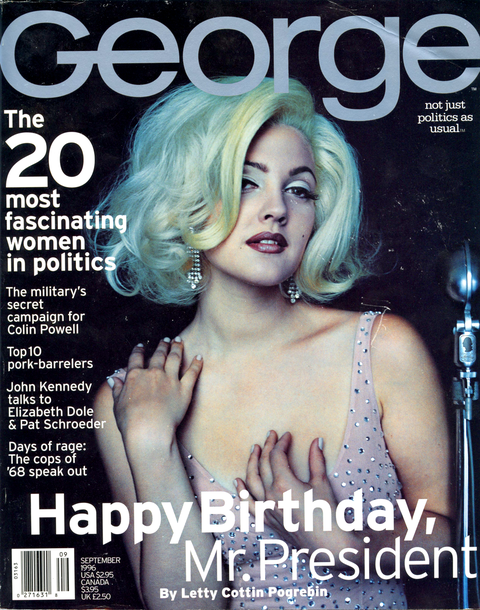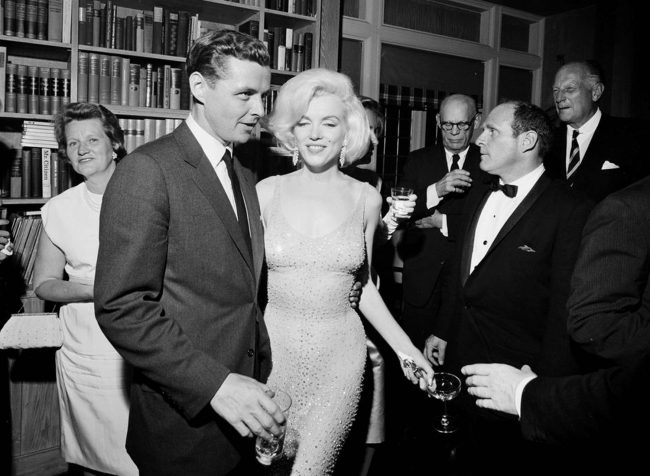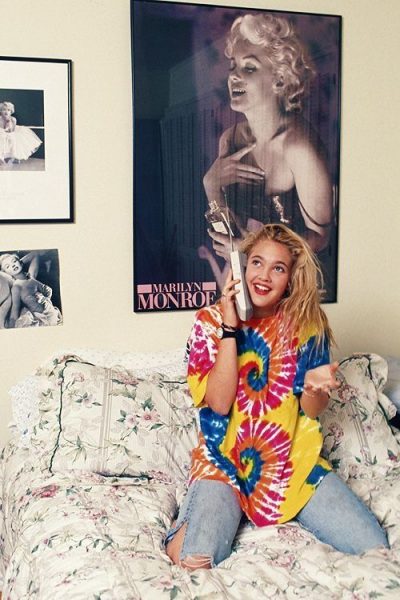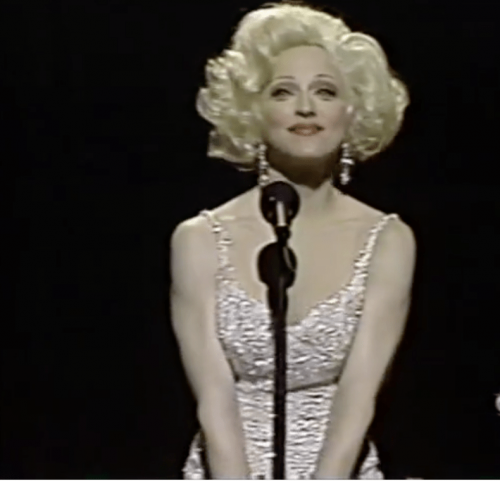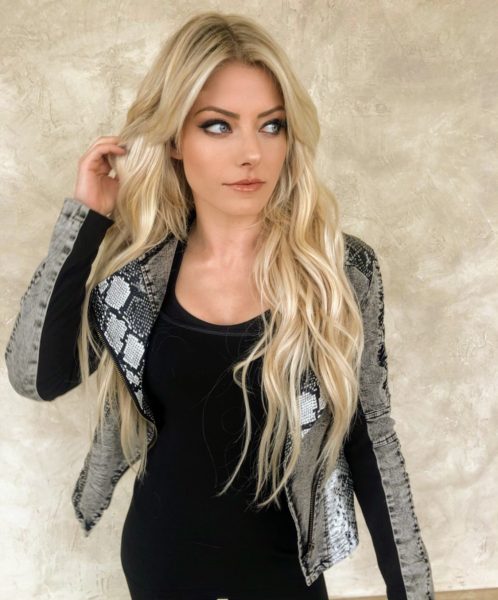![]()
Country singer Willie Nelson and British actress Charlotte Rampling are an unlikely couple, and having Ms Rampling play a Marilyn impersonator is even more surprising. But that’s exactly what you’ll see in their offbeat new movie, Waiting For the Miracle to Come, as Joe Leydon reports for Variety. (It’s available in the US from today on DVD and streaming.)
“Waiting for the Miracle to Come is the first dramatic feature written and directed by Lian Lunson, previously best known for such musical documentaries as Willie Nelson: Down Home … With help and encouragement from mentors and former collaborators — including Bono and Wim Wenders, who are credited among the executive producers, and Leonard Cohen, whose song provides the movie with its title — she mounted this small-budget labor of love with the obvious intent of telling a simple yet resonant story unbound by specifics of time and continuity, but infused with strains of melancholy, regret, and unreasonable hope. Call it a dream play, and you won’t be far off the mark.
Supernatural undercurrents sporadically reach flood level as Adeline Winter (Sophie Lowe), a young woman who dreams of performing as trapeze artist and tightrope walker, takes heed of a letter left by her recently deceased father (Todd Terry), and follows his directive to visit a ranch in Ransom, Calif., where she might find a goldmine. What she finds instead are the aforementioned ex-vaudevillians, Jimmy (Nelson) and Dixie Riggs (Rampling), owners and operators of ‘The Beautiful Place’ — hardly a gold mine, but rather a haven for abandoned horses, a home for two trailer park residents, and a place where Dixie occasionally dolls herself up like her idol, Marilyn Monroe, and sings for locals in a small theater near their memento-stuffed, Christmas-light-bedecked house.”
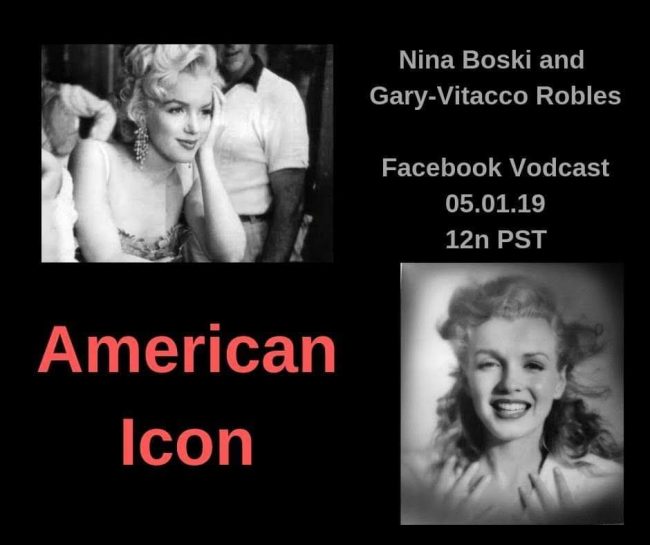
 Valerie Solanos – the female artist notorious for shooting Andy Warhol – and Marilyn – his most famous subject – may seem to have little in common. But composer Pauline Oliveros thought otherwise, and her 1970 work,
Valerie Solanos – the female artist notorious for shooting Andy Warhol – and Marilyn – his most famous subject – may seem to have little in common. But composer Pauline Oliveros thought otherwise, and her 1970 work, 
